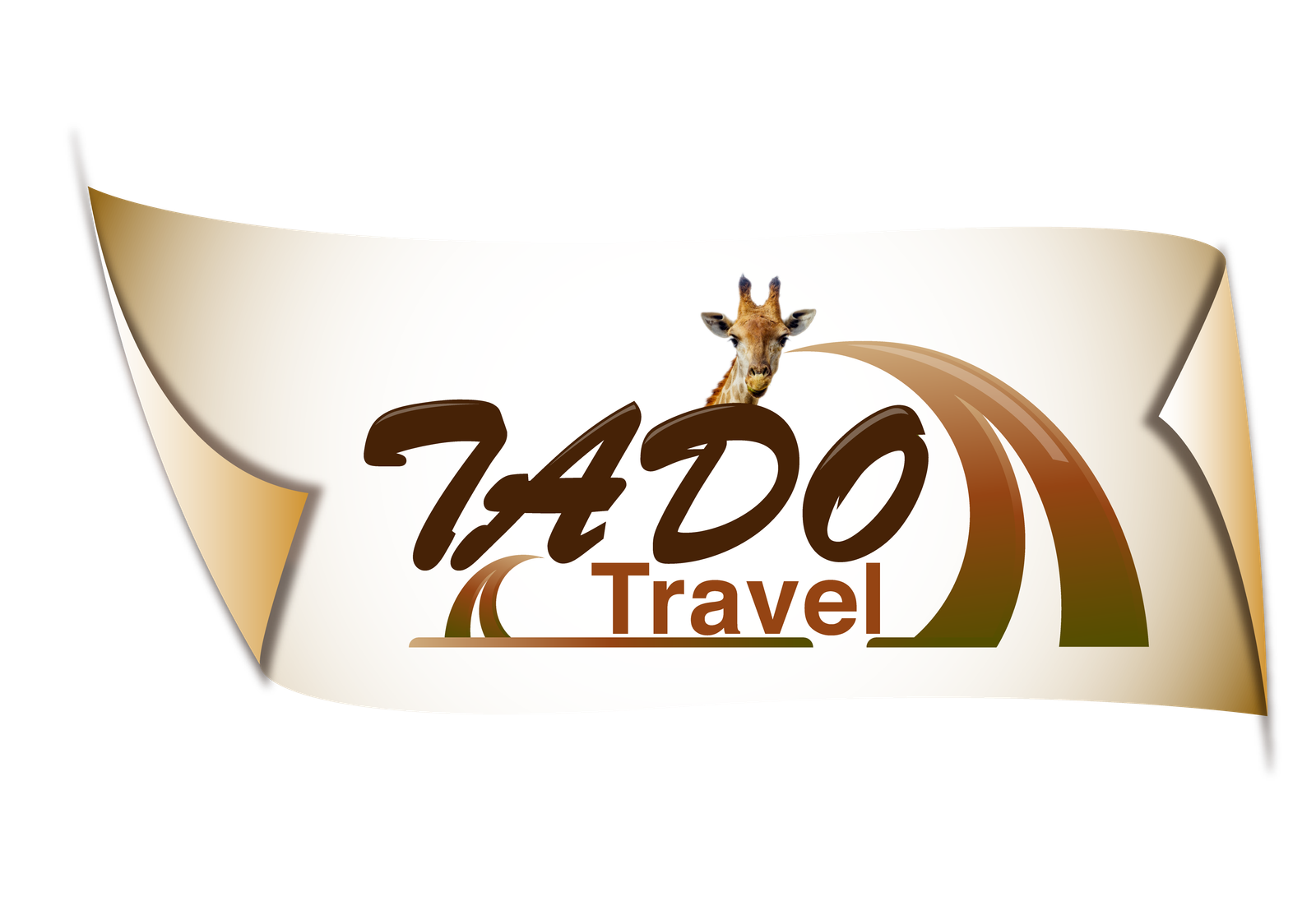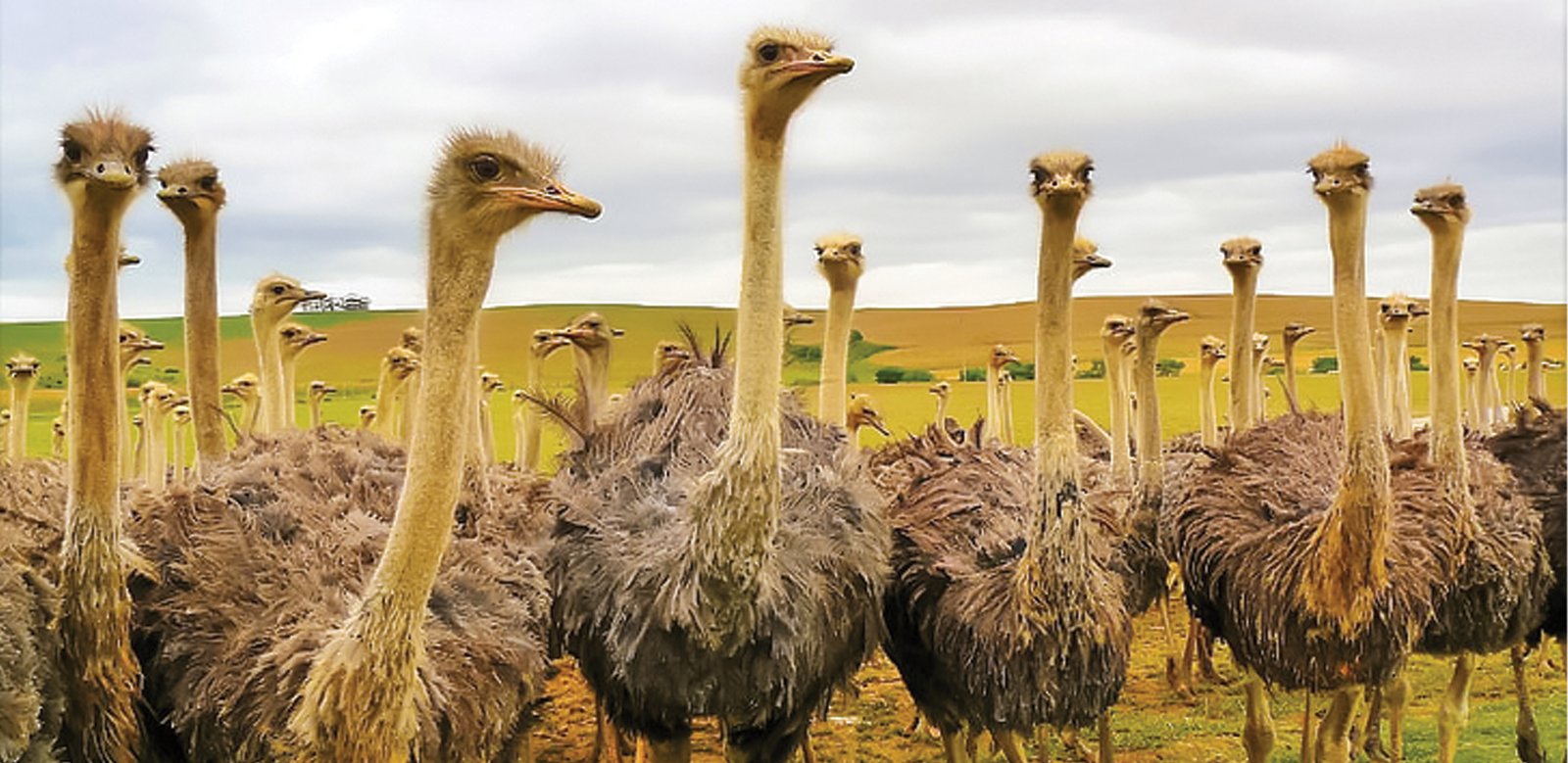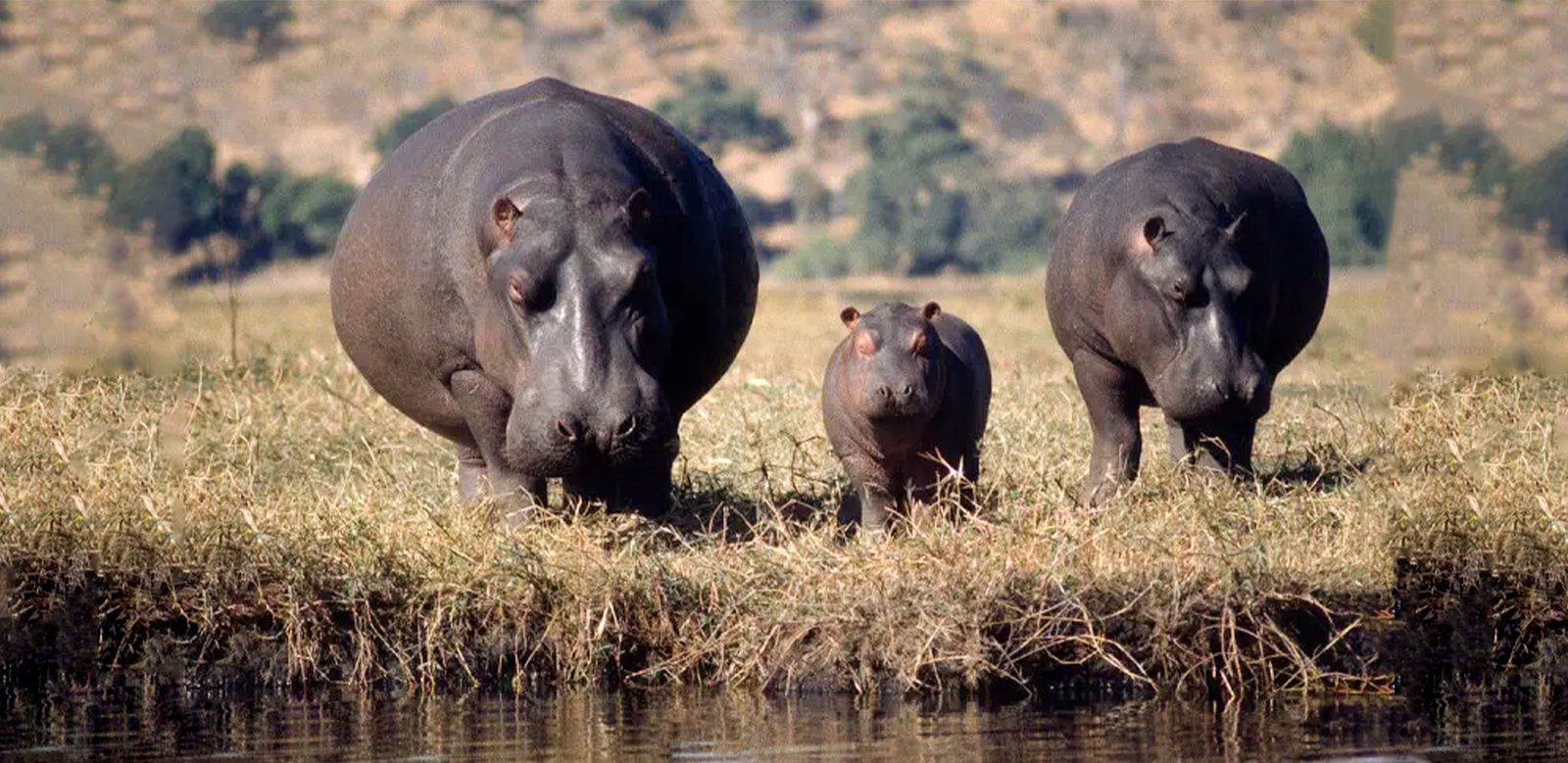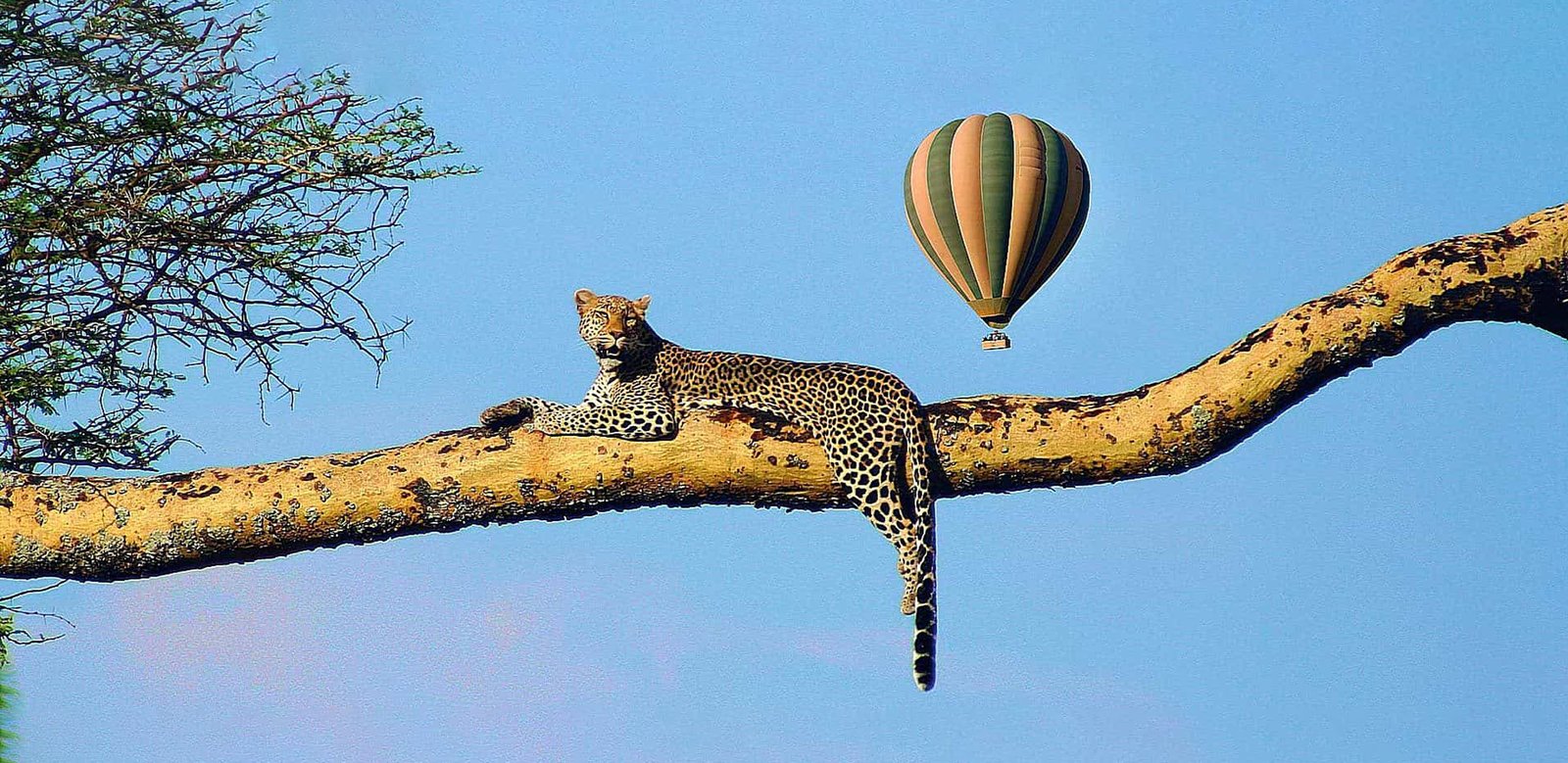Ostriches are large, flightless birds with long legs and long necks protruding from a round body. Ostriches are bigger than any other bird in the world. They can grow up to 2.7 meters tall and can weigh up to 145 kilograms. An ostrich’s eyes are 2 inches in diameter. Ostrich is the only bird that has two toes on each foot. All other birds have three or four toes join us today as we are going to base on 5 Tips on How an African Ostrich Survives their Predator.
Introduction
Our article today will focus on the African ostrich. Including its lifespan, differences between male and female, weight, life story, egg laying, incubation, nurturing, and growth. It aims to provide you with an engaging overview of this fascinating bird’s life and role in the African ecosystem.
1. Lifespan and Distinctive Features:
With a life span that can reach up to 40 to 45 years. the African ostrich commands attention. Its towering height and unparalleled speed. Standing as the largest bird on Earth. Its long neck, powerful legs, and striking plumage set it apart in the avian world.
2. Differences Between Male and Female:
Distinguishing between male and female African ostriches is quite an intriguing task. Males showcase distinct black and white feathers, while females display a more understated grayish-brown plumage. However, it’s their behavior that truly sets them apart. As males actively participate in brooding the eggs and rearing the chicks.
3. Weight and Life Story:
A fully grown adult ostrich can tip the scales at an impressive 220 to 350 pounds. Making them one of the heaviest birds on the planet. Their life story unfolds across the vast African plains, where they adapt to diverse habitats and display remarkable survival skills.
4. Egg Laying and Incubation:
When it comes to reproduction, the African ostrich lays its eggs in communal nests. Often under the watchful eye of the dominant female. A clutch can consist of around 15 to 50 eggs, each weighing roughly 3 pounds. Incubation takes about 35 to 45 days. Females taking turns incubating the eggs during the day, and the males guarding them at night.
5. Nurturing and Growth:
Once hatched, the chicks are guided by their nurturing parents into the world. These young ostriches grow remarkably fast, reaching their adult size within 9 to 12 months. Under the vigilant care of both male and female parents. They learn the essentials of survival, adapting to the challenges of their environment.
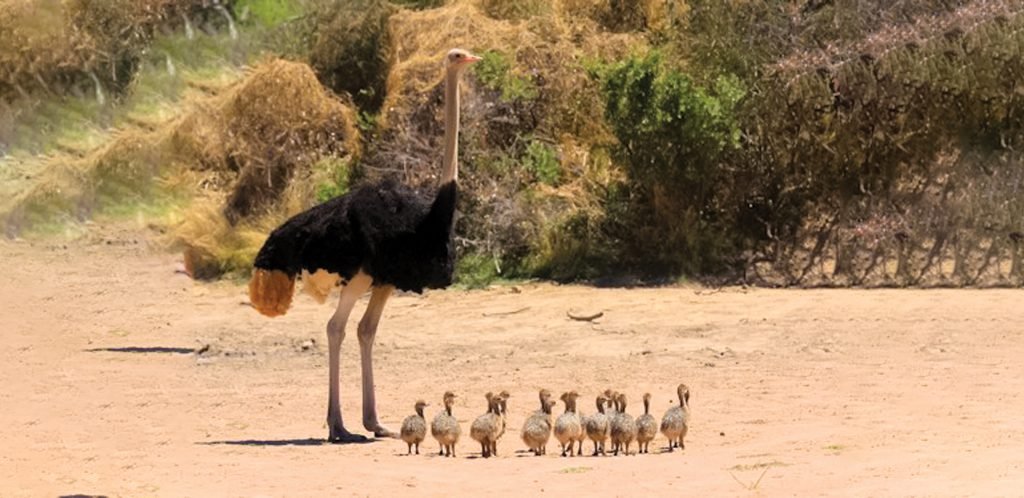
Welcome to a world where the savannas meet elegance, and speed meets grace. In the heart of Africa, the African ostrich reigns as a true marvel of nature. From its exceptional size to its distinct characteristics. That help to survive the predators. as we delve into the captivating life of the African ostrich. Uncovering its remarkable traits and its significant role in the African ecosystem.”
3 Reasons Why Are Ostriches Important to Nature’s Ecosystem?
The African ostrich, a fascinating and iconic resident of the African savannas, captures the imagination with its towering presence, remarkable adaptability, and distinctive features.
This magnificent bird, known for its immense size and unmatched speed, holds a unique place in both the animal kingdom and the hearts of those who encounter it. Join us as we delve into the captivating world of the African ostrich, uncovering its remarkable traits and shedding light on its role in the African ecosystem.
1. Ostriches Help Maintain Landscape
Ostriches eat the majority of plants in their habitats which helps in maintaining the landscape overgrowth. Ostrich grazing also reduces weed growth, parasites, and diseases within the soil which makes it easier for future generations of plants to grow.
2. Ostriches Provide Home & Food for Weak Animals
Ostriches create holes in the dirt with their feet to make nests and lay their eggs in. later these holes become other animal’s safe place to sleep or hiding from predators.
Furthermore, ostriches’ nesting habits contribute to the overall health of the ecosystem. Ostriches lay their eggs in shallow nests dug into the ground, which provides a source of food for scavengers such as vultures and jackals. These scavengers’ help clean up the environment by consuming carrion and preventing the spread of diseases.
3. Ostriches helps in Maintain balance between predators and Prey.
Ostriches’ presence in the ecosystem helps maintain a balance between predator and prey populations. Although ostriches are not defenseless, they face natural threats from carnivorous animals such as lions, hyenas, cheetahs, leopards, and jackals. These predators rely on ostriches as a potential food source, and their hunting patterns have adapted to the ostriches ‘behavior.
Additional futures help Ostriches Protect Themselves from Predators? “Defensive Mechanisms”
Ostriches, as African wildlife’s largest birds, have evolved various defense mechanisms to ensure their survival in the savannah ecosystem. Despite being flightless birds, they have developed effective strategies to deal with the threats from their predators.
1. Speed and Agility
Ostriches are renowned for their incredible speed, which allows them to outrun many predators. With their long legs and powerful muscles, they can reach speeds of up to 60 miles per hour (97 kilometers per hour). This remarkable swiftness enables them to escape from most hunting patterns employed by their natural threats.
2. Group Living
Ostriches often live in groups called flocks, which provide them with safety in numbers. By sticking together, they increase their chances of detecting predators and sounding the alarm. This cooperative behavior helps deter potential threats and ensures the survival of ostrich chicks, who are particularly vulnerable.
3. Vigilance and Alertness
Ostriches have excellent eyesight and a keen sense of hearing, allowing them to detect predators from a distance. They are constantly on the lookout for any signs of danger, and their heightened awareness helps them avoid potential threats. Ostriches can quickly spot predators such as lions, hyenas, cheetahs, leopards, vultures, and jackals, giving them a chance to react and escape.
Take Note: Contrary to popular belief, ostriches don’t bury their heads in the sand, but they do lie down with their heads against the ground when they feel threatened. It only looks like the ostrich has buried its head because its head and neck blend in with the color of the sand.
Conclusion:
The African ostrich, a true symbol of the savanna’s magnificence, holds secrets that unveil nature’s ingenious design. From its towering stature to its nurturing instincts, this remarkable bird offers a glimpse into the intricate dance of life on the African plains. As we explore the life cycle and extraordinary characteristics of the African ostrich, we’re reminded once again of the breathtaking diversity that makes our planet truly extraordinary.
Ostriches have a long lifespan that rivals their other mammoth seniority. Wild ostriches live about 30 to 45 years in the wild, but some have been reported to live into their 50s. In captivity, ostriches have lived for more than 60 years. The oldest is said to be 62 years and seven months old.
For more articles related to East Africa, Wildlife Safari, and proper travel tips Click here or if you’re interested to watch the video of this destination Click here
